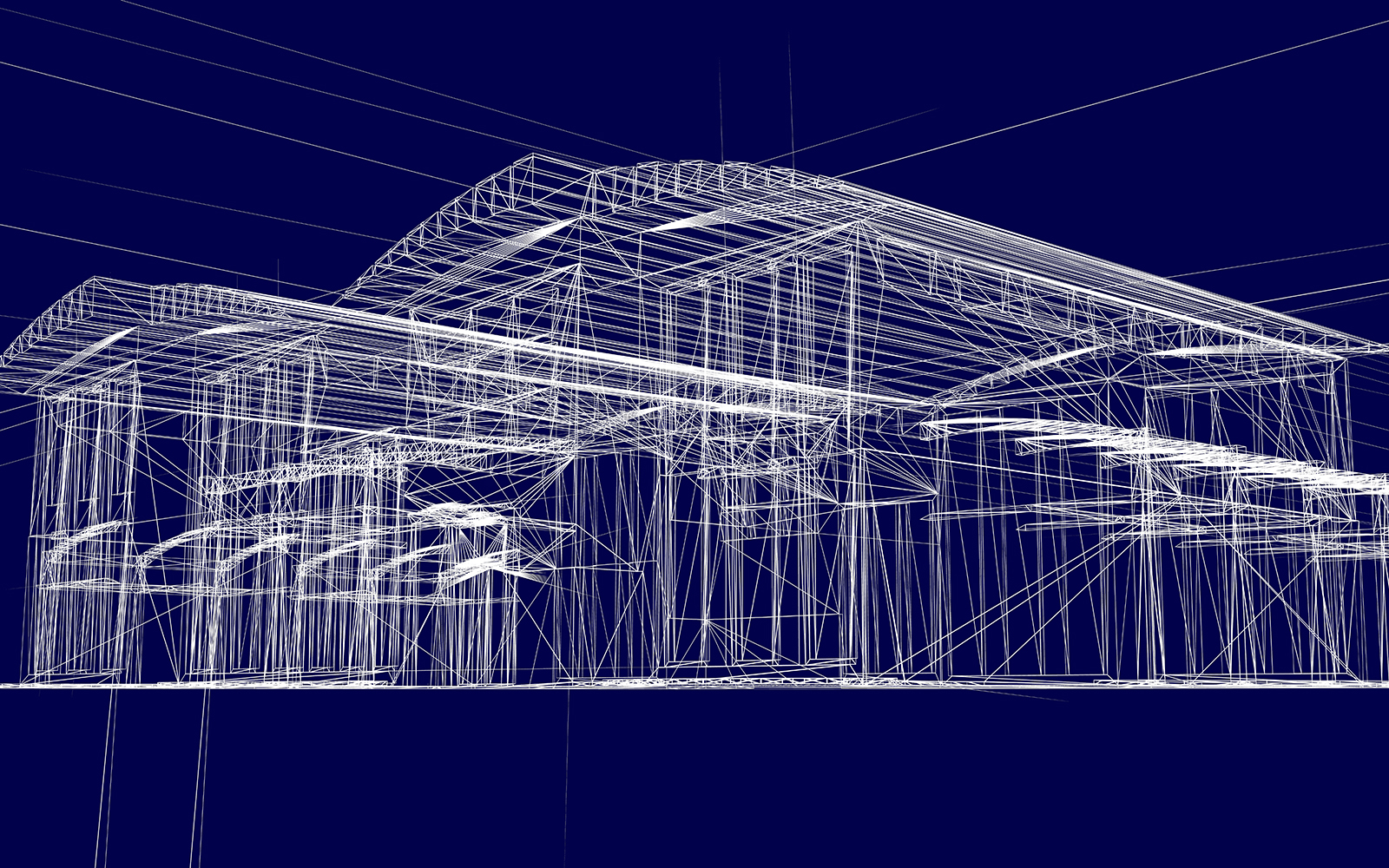

Meet the team delivering Building Safety - Celine Hynes
Meet Celine Hynes, Principal Architect
Next up in our Meet the Team series, we had a chat with Celine Hynes, Principal Architect, on her role in our building safety team.
Background
I’ve been a chartered architect for several years and have seen how building safety has become more important in terms of planning, construction, and the use of buildings.
Regulatory requirements and standards have become stricter, and the world is changing. With advancements in materials, population growth, the changing climate and increasing stakeholder expectations – there are so many factors putting building safety in the spotlight. We need to prioritise safety in our designs to not only protect lives but ensure resilience, economic stability, and overall wellbeing.
It’s been a natural progression from architecture and working at RPS.
Over recent years, I’ve had the opportunity to work on high-rise buildings and I’ve seen the impact of the Building Safety Act as it came into force. It’s been a steep learning curve for everyone in the construction industry, and as an architect, I have a professional responsibility to ensure my advice and designs comply with legal standards and that the safety and wellbeing of end users is prioritised.
Project experience
I typically work on projects in the healthcare, university, and high-rise residential sectors. These can range from new builds to retrofitting a building following completion of a building safety case and report where issues have been flagged that will impact compliance.
I deliver co-ordinated and planned designs for projects. From a building safety perspective, I integrate safety features to minimise risks related to structural failures, fire hazards, and other safety concerns. My designs consider fire safety systems, structural integrity, and accessibility features to ensure the health and safety of end users.
Ensuring the contractor and the wider project teams take on our safety recommendations after the design process can be challenging. Developments face so many competing pressures, plans can evolve throughout the project lifecycle. This is where collaboration and communication are key to ensure all parties are aligned with the safety requirements of the project.
Regulations
As a result of the stricter safety standards imposed on occupied buildings, we’re seeing an increasing number of remediation needs on projects. Through the compliance process, comprehensive safety assessments are completed, and these are flagging concerns that must be addressed. Typically, these may include fire safety system upgrades, structural reinforcement, building cladding changes and accessibility improvements.
I think the availability of suitable products to upgrade existing buildings will be challenging moving forward. Material will need to be compatible with existing structures to ensure structural integration and there may be historic preservation issues too.
Materials will need to meet the required standards, and these could be subject to budget constraints and supply issues. Newly developed products can be expensive, and a lack of availability can lead to delays and increased costs.
There are also environmental and durability considerations too. Choosing materials that are sustainable and environmentally friendly while still meeting safety standards adds another layer of complexity.
Collaboration
Complying with the Building Safety Act requires careful planning, expert knowledge, and innovative solutions. Our team have the experience and the skill-set to deliver everything our clients need to meet building safety standards.
Whatever the project, whether it’s a new build development or existing building retrofit, we have the multi-disciplinary expertise in-house that means we can provide a holistic service to meet our clients’ needs.
Looking forward
Moving forward, building safety has to be considered at the forefront of design work. It needs to be factored in at the earliest stages and there must be cross-disciplinary collaboration across the project team from the get-go.
Changes to building safety will be driven by advancements in technology, stricter regulations, and an increasing focus on sustainability. It’s imperative that we evolve to meet these changes and provide market-leading solutions.
More from our meet the team series






